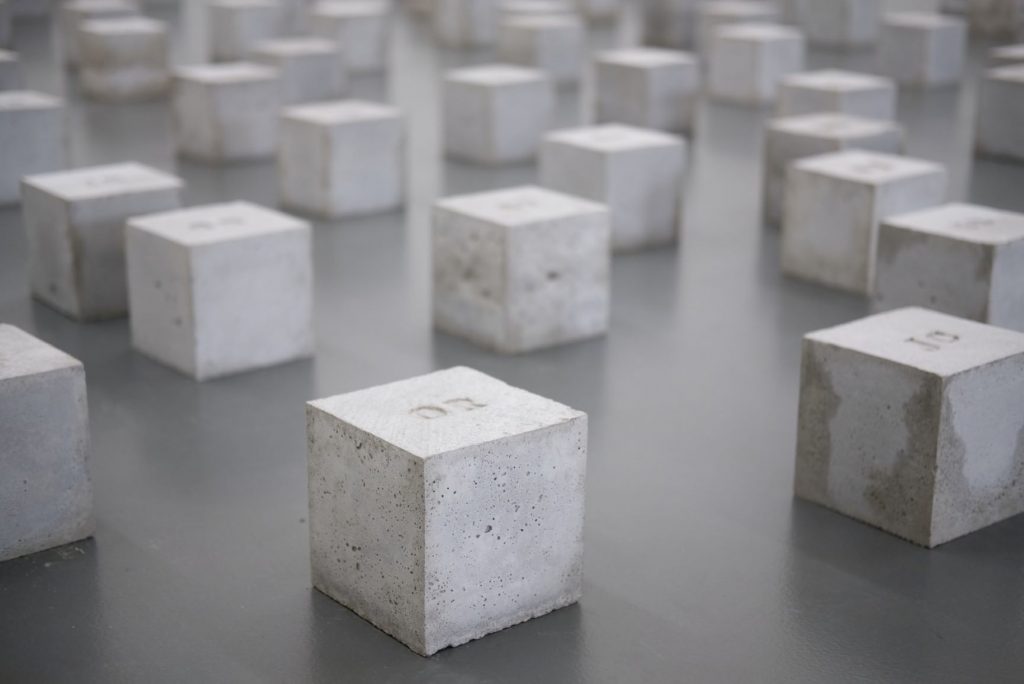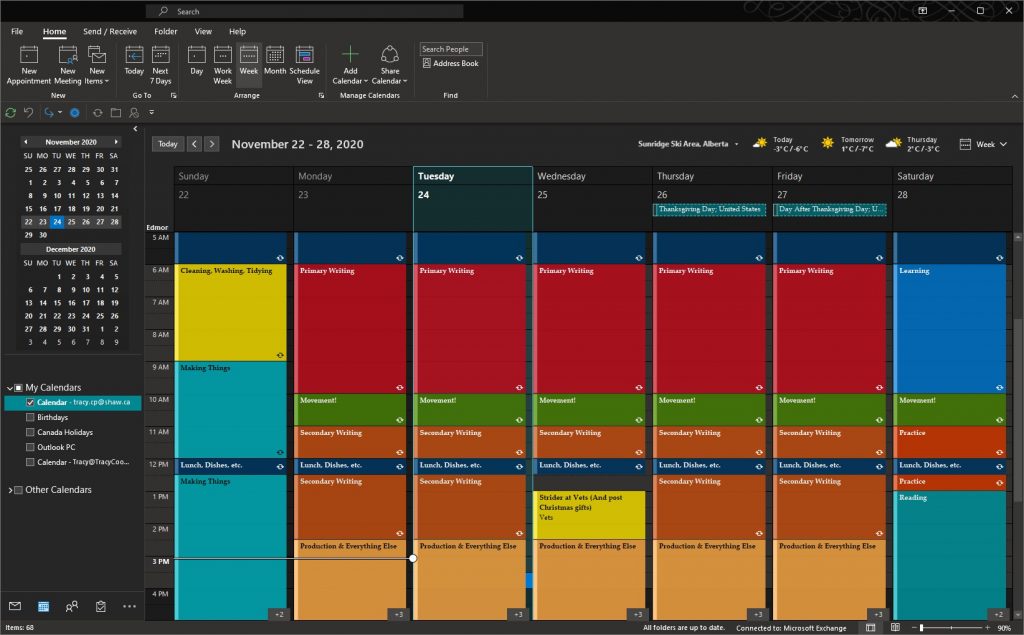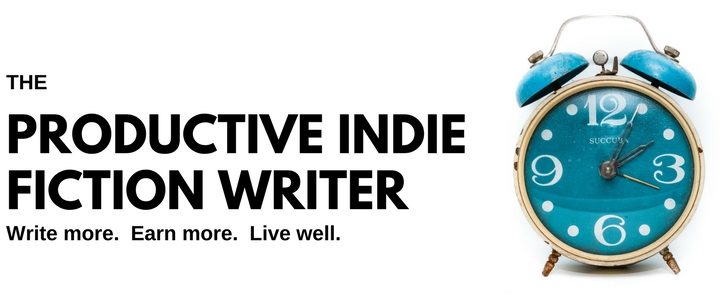
There’s a “new” time management system doing the rounds, that I was tickled pink to learn I had already been doing all along. Sort of.
Cal Newport (Deep Work), has launched his new time block planner, which is a paper planner designed to work with his time block planning system. There is a comprehensive video which walks you through the process of using it, too. Even if you don’t buy the planner, the video will still show you how to use the system and is worthwhile checking out to see if it is something you can incorporate into your own daily planning routines.
Here’s the thing, though. This is not a brand new idea. I have spoken about how I break up my work day into “buckets” for a long while. (Here, for example.) It’s the same idea, with a few differences that you might find more useful as an indie author:
- Cal’s blocks are for one dedicated task each. I break my day into more generalized buckets: Primary writing, secondary writing, Production (everything that comes after the writing), Administration. I keep the buckets big and as general as possible. For each bucket I have a project in ToDoist with all the tasks for that bucket/subject. The buckets get added to my calendar just as Cal fills in his planner, but here’s what mine looks like:

- Unlike Cal, I prefer electronic planning. Paper irritates me. However, Cal has a rule for himself that as soon as the day goes off the rails, he stops and rearranges his blocks for the rest of the day.That was a good idea and one I try to do myself. It also creates a nice historical record for later, too. When you use blocks like this, it is easy to drag and drop to make them fit into the time you have left.
- For each of my “blocks”, because they are buckets, not discrete tasks of their own, I have a corresponding project in ToDoist:

Each project holds the related tasks for that bucket.Then, for each day, ToDoist lays out my tasks grouped by their buckets, and I simply work my way down the list each day. - Another idea Cal has that I had not used before now (but now I do), is a Shutdown Ritual. This is a small series of repeatable steps that you do at the end of each day/night to signal to your brain that the day is over. Cal checks off the day’s page. As I’m using the electronic versions, I instead set up a task for the evenings that taps when I should be closing down for the night:

The seven subtasks are simple things like checking tomorrow’s calendar (and re-arranging the blocks if they’re not current), finish logging/journaling for the day, and rescheduling any tasks not finished today.As ToDoist rewards you with an “all done, enjoy your evening!” message when you check off everything, it’s the same mental closure as Cal’s Shutdown Ritual.
____
If you’re a paper person, you can create your own planner, modelling Cal’s, or you might be interested in actually buying his (it’s already pre-printed).
As I am 99.9% paperless, these days, and hate picking up a pen, my electronic version works well for me.
Do you bucket/block your time? Have you tried it? Let me know in comments how you like this approach to daily planning.
Tracy
